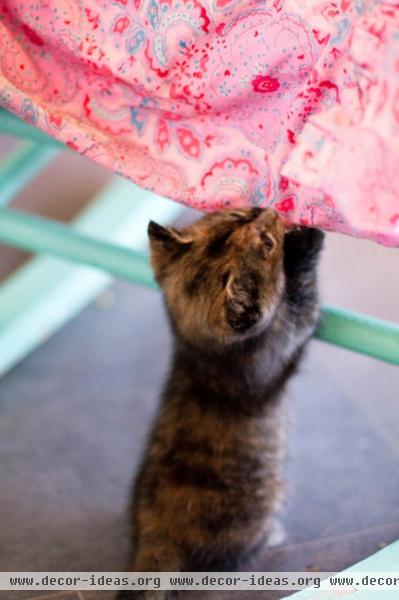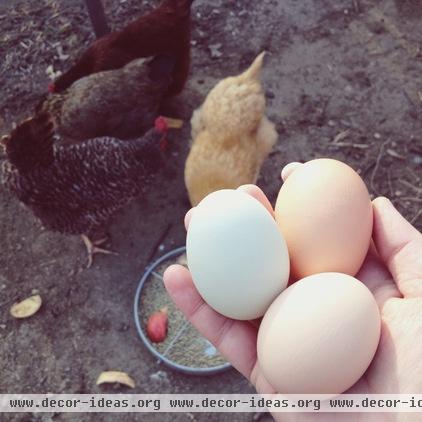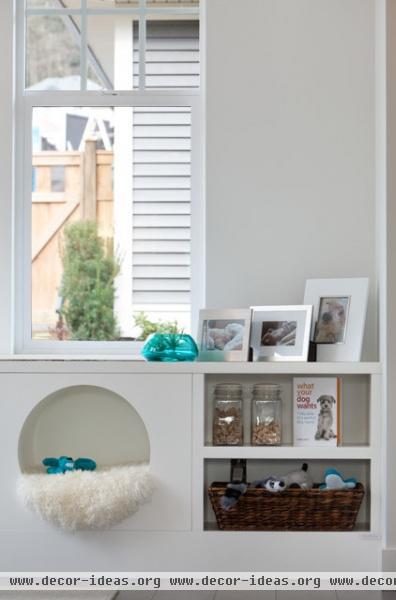When Your Pet Needs a New Home
When you bring a pet into your life, of course you hope to never have to give it up. But when circumstances happen that make it impossible to keep your furry (or feathered or scaled) friend — like needing to downsize from a home to an apartment, or taking a new job in a location where your pet cannot follow — it is comforting to know that it is possible to find a home where your pet will be just as loved and cherished as it has been by you.
Recently we discovered we would need to give away our small flock of backyard chickens within the next year or so. I decided to start looking right away to allow ample time to find a good home, and thankfully, we were able to give our “girls” to a wonderful family in a beautiful rural location. After going through this process with our hens, I can imagine how heart-wrenching it would be to have to give up a dog or cat who has been with you for many years. The emotions and logistics of finding a pet a new home can be quite overwhelming. These eight steps will walk you through the process, so you can focus on finding the best possible home for your pet.
![beach style by de[luxe] design studio](http://www.decor-ideas.org/upload/cases/2014-05-03/photos/middle/23424-2014050304220313991161234742.jpg)
1. Start early. Giving a beloved pet away will always be hard, no matter the timing, but cutting it too close may mean accepting a less-than-ideal home placement, which will not be good for you or your pet. When I first put out feelers looking for a new home for our hens, I told myself I didn’t need to give them away unless I found the perfect home. As it turned out, that home came very quickly. It was truly perfect in every way, and while it was sad, knowing they were going to a good home made things much easier. Sometimes things come up (like a job opportunity) that make quickly finding a home for a pet unavoidable — but unless that is the case, start looking as soon as you know you will need to, even if that date is a year off.
Tip: The larger or more exotic your pet, the earlier you should start looking. Large breeds of dogs, exotic birds, saltwater fish and any barn animals will need a special sort of home, so be sure to allow yourself enough time to find it.

2. Spread the word far and wide. As soon as you know you will need to give up your pet, start spreading the word. Tell your friends, extended family, neighbors, colleagues, the people in your Pilates class and so on. If you have a personal connection to the person who ends up adopting your pet, that may make the transition easier — and it can take some of the pressure off the vetting process if you already know a bit about the person.

3. Write a winning listing. Unless you find a home through a friend or neighbor, your best bet will probably be creating an ad on a free local site like Craigslist. How you word your ad can influence how many and (more important) what kind of people respond. Emphasize in your title and in the body of your listing that your pet has had an extremely loving, caring home, and be sure to mention any winning personality traits your pet has. Encourage interested parties to email you with information about themselves and the home they could provide — this will put a bit of pressure on the potential new owners, and will convey the message that the family you select will be very lucky to get your pet.
If you prefer that the home your pet will go to does not have any other pets, or if you want to keep a pair (or flock) together, clearly state that in your listing as well.

4. Take great pictures. Capture your pet’s personality in the photos you use for your ad, and you are likely to get many more responses than if you do not include a photo, or if your pictures are out of focus. Choose a time when your pet is relaxed and a location with good natural light. Try taking a picture of your pet in his or her favorite napping spot, with a toy or against a simple, natural background like grass or a wood floor.

5. Be honest. If you feel tempted to omit any negative information about your pet, I urge you to reconsider. If the new owners discover the flaws on their own, they could become quite upset and even give away your beloved pet … perhaps without as much care as you put into finding the new home. When searching for a new home for our backyard flock, I kept the initial listing about the positive traits of our hens, but once we had narrowed the responses down to a few strong contenders, I wrote to them explaining a bit more about our flock’s history — including a past illness that left one of our “girls” no longer laying. This full disclosure gave the new owners a chance to back out if they wanted to (they didn’t), and I felt good knowing we gave them all of the available information.

6. Bring your pet to them. Instead of inviting the new owners to pick up your pet at your house, insist that you bring your pet to them. This will give you a chance to see firsthand the conditions of the home your pet will be living in — and will give you a final opportunity to back out if the home is not satisfactory.

Tip: Ask for a photo first. Especially if your pet needs a large fenced yard or other special accommodations, asking potential owners to email you a photo of it first can help you make a decision.

7. Share your pet’s routines, preferences and history. By filling the new owner in on your pet’s daily routine and any special needs, you can make his or her transition to the new home as smooth as possible. Here are a few kinds of info to share.
Feeding: How much, what brands and what times of day.Daily routines: How much of each day you spent with your pet; walk through your pet’s typical daily routine.
Play: Favorite games and toys.Sensitivities: Noises, animals or anything else that tends to excite or upset your pet.Medical history: Bring any veterinary records you have, along with any papers from a breeder.

8. Bring gear, treats and maybe a reminder of home. Moving into a new home with new people will be a big enough change. Do your pet a favor and keep other changes to a minimum. Send along a large container of the usual food, favorite treats, toys, the bed and maybe even something else from your home, like an old throw or cushion.
Before you go… Be sure to exchange contact information with the new owners, and ask if they could send you a photo after your pet has settled in. It can really help knowing that your pet is comfortable and enjoying the new home!
More:
So You’re Thinking About Getting a Dog
So You Want to Get a Cat












